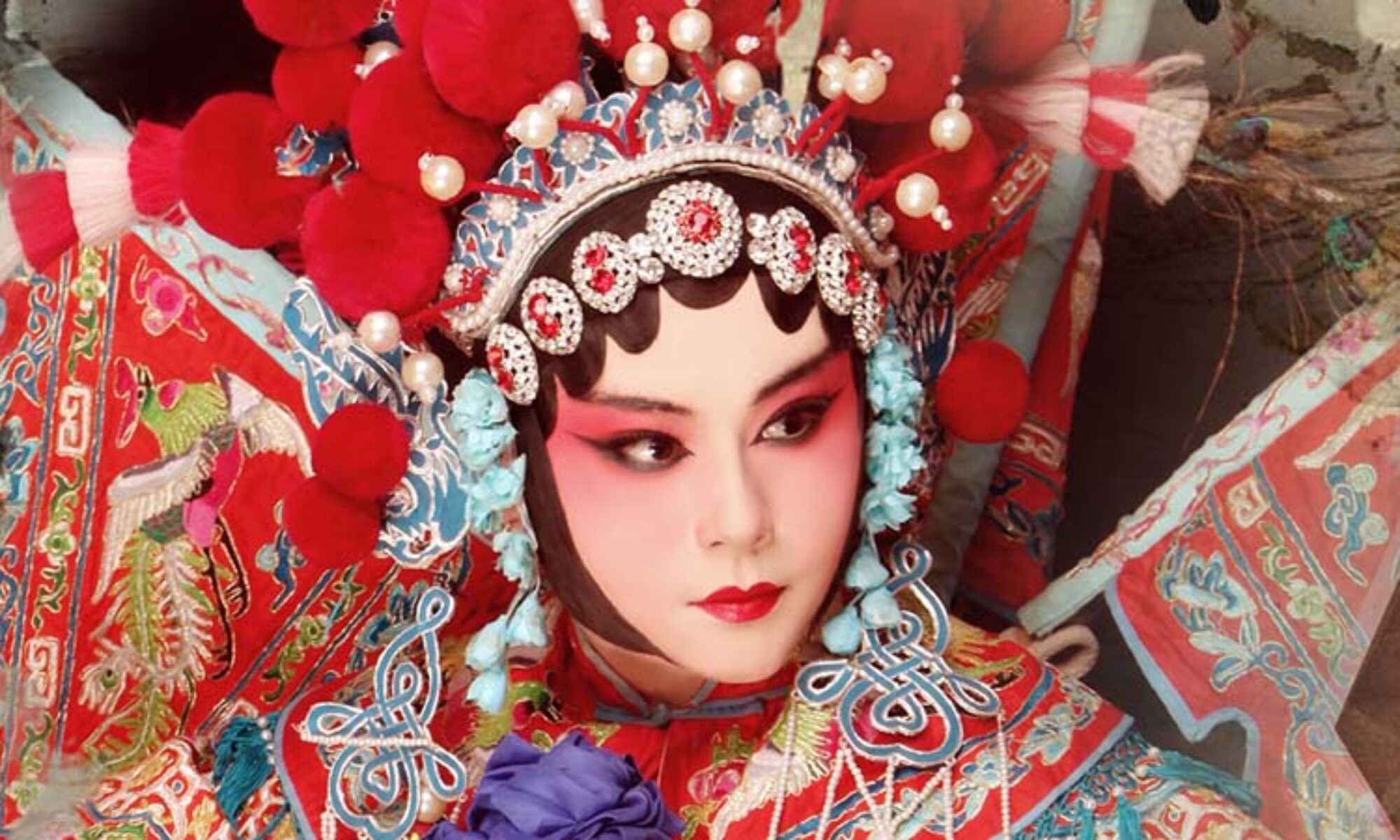
About the History
Chinese dance has a rich and diverse history spanning multiple historical periods, each characterized by its own style, themes and influences. From ancient ritual dances to classical court performances and modern innovations, Chinese dance reflects the country’s cultural, social and artistic development over the centuries. Here are some notable periods in the history of Chinese dance.
Ancient and Pre-Imperial Era:
Chinese dance has its roots in ancient rituals and folk traditions. These early dances date back thousands of years and were performed as part of religious ceremonies, harvest celebrations, and social gatherings. Its movements often mimicked natural elements such as birds, animals, and flowing water. Some ancient dances, such as “Dashfa” and “Big Flower Hand”, required complex hand gestures and were performed at festivals.
Tang Dynasty (618-907 AD):
The Tang dynasty is considered the golden age of Chinese dance. During this period, dance flourished both at court and among the public. Court dances displayed elegance, grace and elaborate costumes. One of his most famous dances of this period is “Liu Hai Game with Golden Toads”, which combines acrobatics, music and storytelling. Song and Yuan Dynasties (960-1368 AD):
Chinese dance underwent major changes during the Song and Yuan dynasties. The dance form was sophisticated, with an emphasis on conveying poetic emotion and narrative. During this period, the opera Kunqu, which combines dance, music, song and drama, became popular. The “Dragon Dance” also developed into a celebratory performance and was frequently performed at festival events and processions.
Ming and Qing dynasties (1368-1912 AD):
During the Ming and Qing dynasties, court dances developed that embodied the grandeur and sophistication of the imperial court. Dances were characterized by complex choreography, elaborate costumes, and strict hierarchies. The “Peacock Dance” has become one of the iconic dances of the period, known for expressing grace and beauty.
Modern times:
In the early 20th century, Chinese dance underwent further changes under the influence of Western dance forms and cultural movements. Ballet and modern dance were introduced and new styles and techniques were born. Major dance academies were established and professional dance groups formed. Chinese folk dance has also gained recognition while preserving the traditional styles and themes of the region.
In recent years, Chinese dance has undergone a resurgence, blending traditional elements with modern innovations. Contemporary Chinese dance explores diverse themes, incorporates diverse cultural influences, and encompasses a wide range of techniques and styles. It often serves as a medium for expressing social issues, personal experiences, and cultural identities.
Overall, Chinese dance reflects China’s rich cultural heritage and embodies China’s historical, social and artistic development through different eras. He continues to evolve, inspiring new generations of dancers and captivating audiences around the world with his beauty, grace and storytelling skills. Through storytelling, Chinese dance continues to bridge cultural gaps and create a universal language of art and expression.
